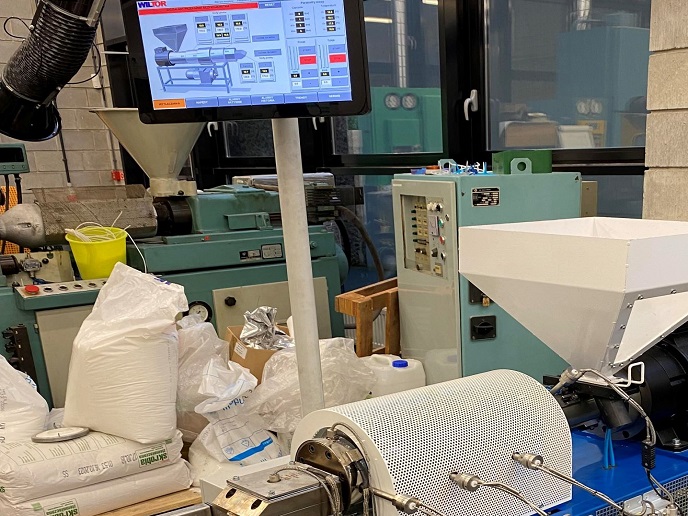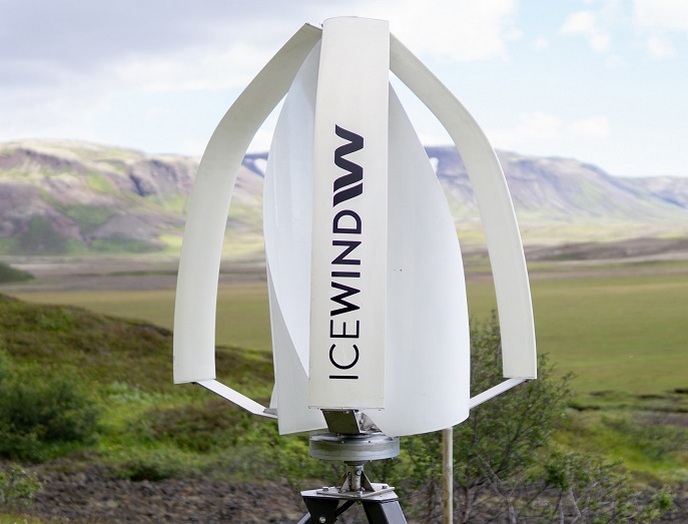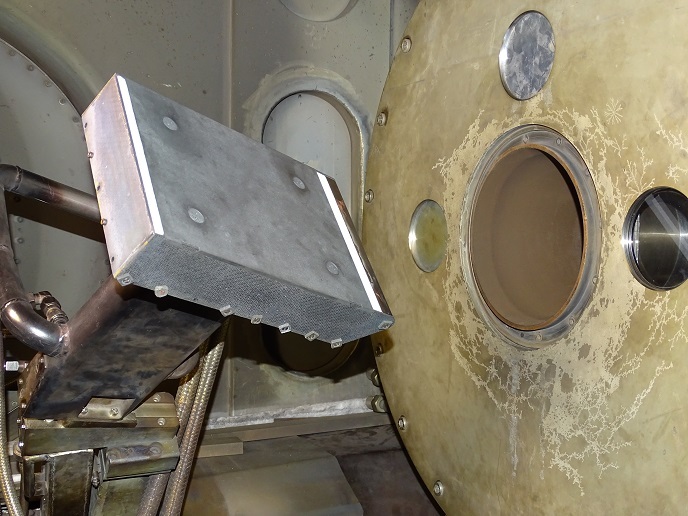New technology to fly high
Optimising air travel is good for economic and environmental reasons. One way to achieve this is by improving high lift in an aeroplane, which helps create shorter takeoffs but adds drag during flight. The EU-funded project 'European high lift programme II' (Eurolift II) built on an earlier similar initiative to create efficient, ecological high lift systems. It aimed to validate aerodynamics predictions for high lift aircraft by using advanced software and wind tunnel facilities. The project worked on a commercial wide-body, twin-jet, high lift configuration with a droop nose design. In technical terms, the envisioned high lift system consists of a leading edge slat divided into three parts permanently extending up to the wing tip. It also consists of a three-part trailing edge Fowler flap that can be mounted in several fixed window positions. Eurolift II conducted numerous tests on different configurations to achieve its goals. It improved validation based on the earlier project, consequently optimising flap shape and setting through modelling and simulation scenarios. The project investigated realistic high lift configurations which involved improved aircraft configuration, advanced high lift design and novel devices for flow control. Eurolift II members also looked at methods and tools to achieve its aims, including transition prediction, numerical methods and deformation detection. In short, Eurolift II achieved considerable advances in experimental and numerical simulation of high lift commercial aircraft configurations. It also prepared a comprehensive validation database for the involved aircraft types. This database and the project's results are expected to contribute significantly to accurately predicting maximum lift on complex high lift configurations, leading to more efficient aircraft in the future.







